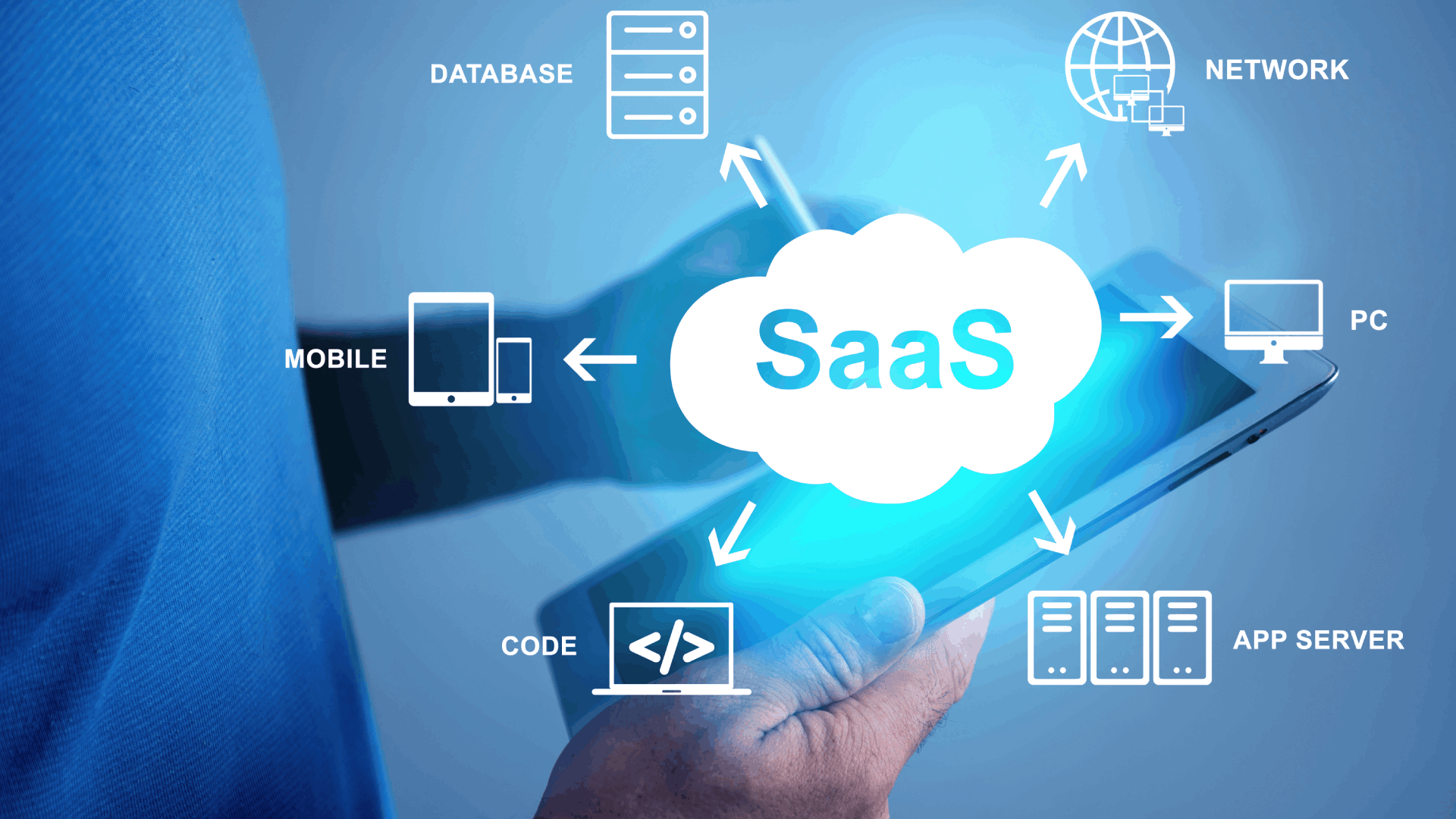
The Software-as-a-Service (SaaS) industry has transformed the way businesses operate, offering flexibility, scalability, and cost efficiency. As technology continues to evolve rapidly, the future of SaaS promises even more groundbreaking innovations that will redefine how software is built, delivered, and used across industries.
One of the most significant trends is the rise of AI-driven SaaS platforms. Artificial intelligence and machine learning are becoming core components, enabling businesses to automate tasks, personalize user experiences, and gain predictive insights. From intelligent chatbots to data analytics, AI is making SaaS smarter and more adaptive to real-time needs.
Vertical SaaS solutions are also gaining momentum. Unlike traditional horizontal SaaS platforms that target multiple industries, vertical SaaS focuses on niche markets such as healthcare, finance, or education. These specialized tools offer tailored features and compliance capabilities that address industry-specific challenges, giving businesses more value and efficiency.
Another major shift is the integration of low-code and no-code platforms. This empowers non-technical users to build and customize software solutions without needing extensive programming knowledge. By making development more accessible, companies can innovate faster and reduce dependence on large development teams.
The focus on security and compliance is intensifying as data privacy regulations tighten globally. Future SaaS solutions will need to prioritize built-in security features, transparent data handling, and compliance with standards such as GDPR, HIPAA, and SOC 2 to maintain trust and safeguard user information.
Additionally, the expansion of SaaS into hybrid and multi-cloud environments is reshaping infrastructure strategies. Businesses are seeking more flexibility, reducing vendor lock-in, and enhancing resilience by distributing workloads across multiple cloud providers. This approach ensures better performance, scalability, and disaster recovery capabilities.
Looking ahead, personalization, integration, and automation will remain at the heart of SaaS innovation. With continued advancements in AI, cloud computing, and user experience design, SaaS will evolve from being just a service to becoming a deeply embedded, intelligent ecosystem that powers modern businesses.
In conclusion, the future of SaaS is dynamic and full of potential. By embracing these trends and innovations, businesses can stay ahead of the curve, deliver better solutions, and thrive in a rapidly changing digital landscape.
